Premises heating with a heating cable - an efficient and convenient method of local heating. With competent arrangement, such warm floors will serve dozens of years - the main thing is to comply with the rules for their installation and operation.

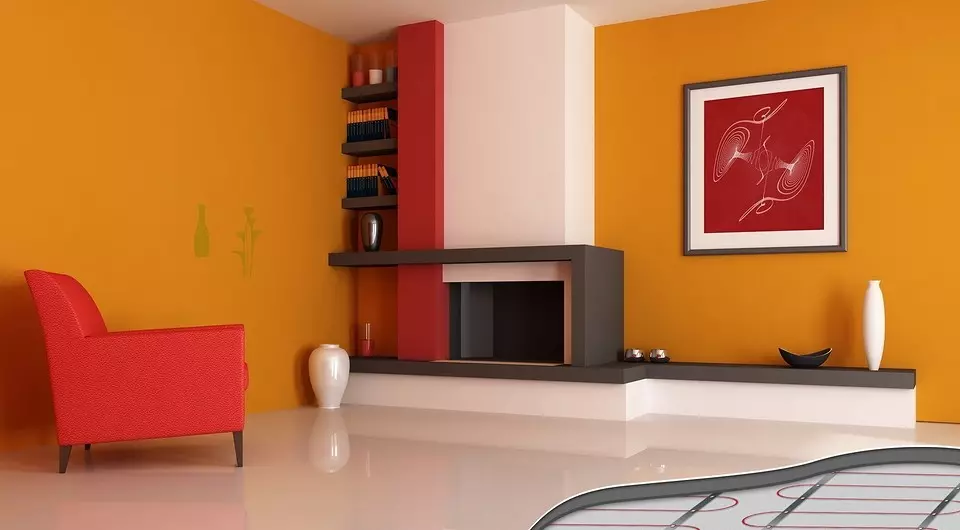
Before starting the laying, the thermal calculation is made, the heat loss is determined, and then, based on the value obtained, the cable of the required power is selected. On average, in standard high-rise buildings without heat hesitation, 100 W / sq. M. The cable is selected so that excessive heating of the floor is allowed, the surface temperature of which should not exceed 30-35 C.
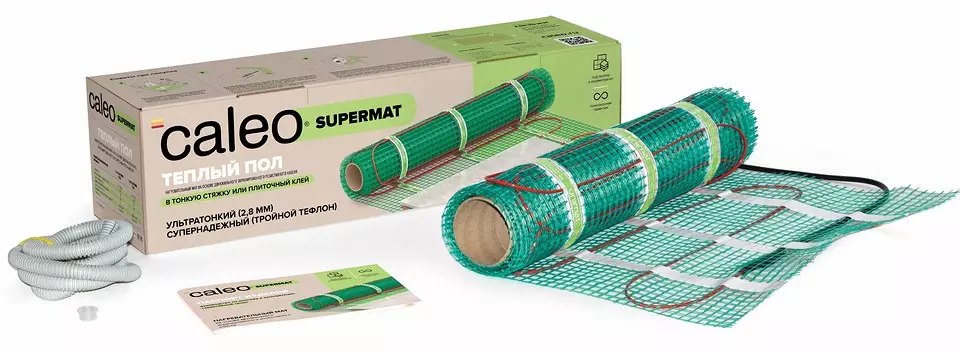
The cable is laid in the screed on the prepared (perfectly level) coating. A layer of heat-reflecting material is laid under the tie, for example, a lavsan film with metallized spraying. The heat-reflecting layer does not give "to leave" heat down, but not every material is suitable for such a layer, therefore it is better to specify from manufacturers which material they recommend.
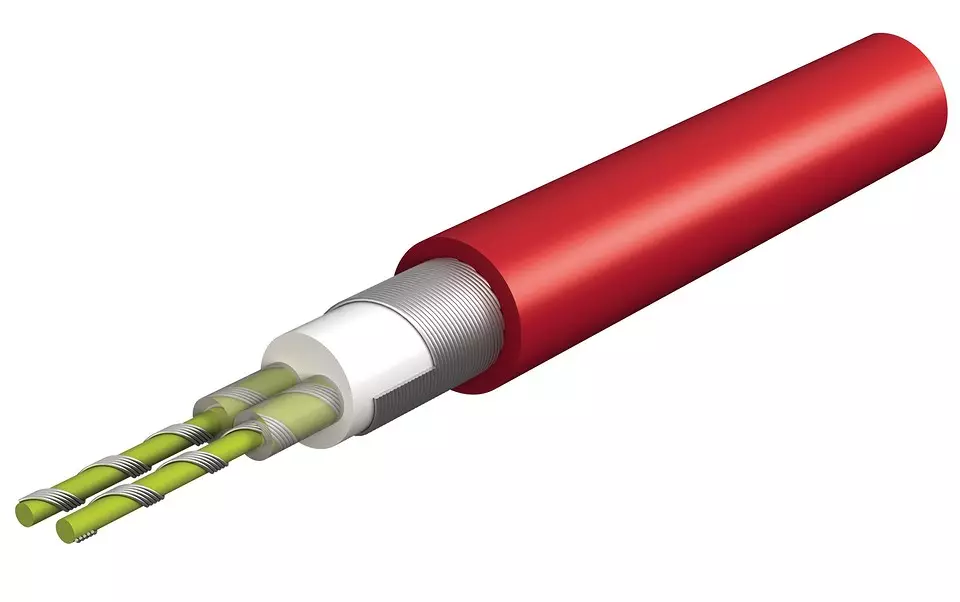
Cable design
The screed is usually performed from the cement-sand mixture (wet cement screed), but recently got the spread of a dry screed (for example, from clay fringe). The thickness of the screed layer over the cable is usually done no more than 4-5 cm. Too thin screed will be fragile, but too thick will be overly massive. It will slowly warm up and slowly cool, and this is inconvenient (we will remind that the main advantage of electric heating is a very quick exit to the calculated temperature of heating, the thick screed is negatively reduced).
Make a pre-scheme of cable layout. The cable must be placed on the floor evenly, the distance between the individual cable threads (stacking step) should not exceed the values given by the manufacturer (usually about 20 cm). Too big laying step leads to the fact that the screed warms unevenly. The cable is attached to the base with plastic or metal locks. You can purchase a ready-made option - a warm floor based on a mat with a heating cable, in which the cable is already fixed on the basis of their plastic mat. Such ready-made kits are much easier to lay, as it is not necessary to ensure that the laying step is too large or small, or, say, the cable bending radius was too small. The advantage of the cable in front of the mat is the great flexibility and variability of laying.
Try to determine in advance where furniture will be located on low legs (or at all without legs) - cabinets, beds, etc. Plots of the floor engaged in such furniture will be isolated from heat exchange between the cement screed and air indoor. The cable does not make sense in them.
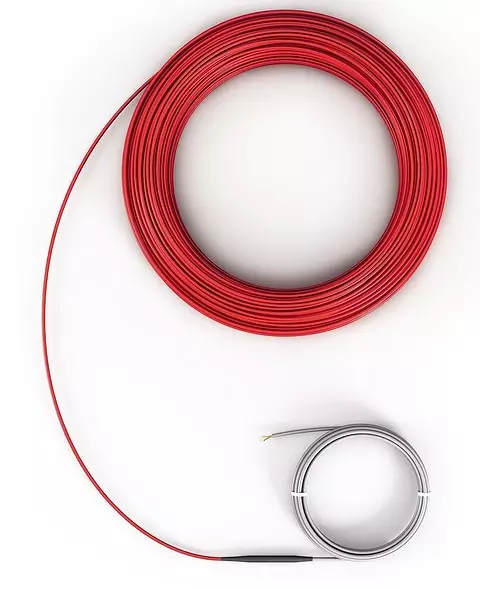
Cable with sensor
The heating cable can be resistive and self-regulating. The resistive cable is heated evenly along the entire length, regardless of the ambient temperature, and the self-regulating is able to react to this temperature and reduce or increase the intensity of heat dissipation. If the segment of such a cable is heated, then the intensity of its heat dissipation decreases, and vice versa. It is very convenient, as such a self-regulating cable will not overheat, if it turns out in conditions of insufficient heat exchange, if, for example, on the floor area where it is located, put a closet or bed carpet. Therefore, if you do not know exactly how furniture will be placed and carpets are spread - for the laying, choose the self-regulating cable.
Do not forget about floor temperature sensors that register the degree of warm-up of the cement screed and give the command to turn on and off the heating. They must be placed in the screed at the maximum distance from the thread of the heating cable, exactly in the middle between them.
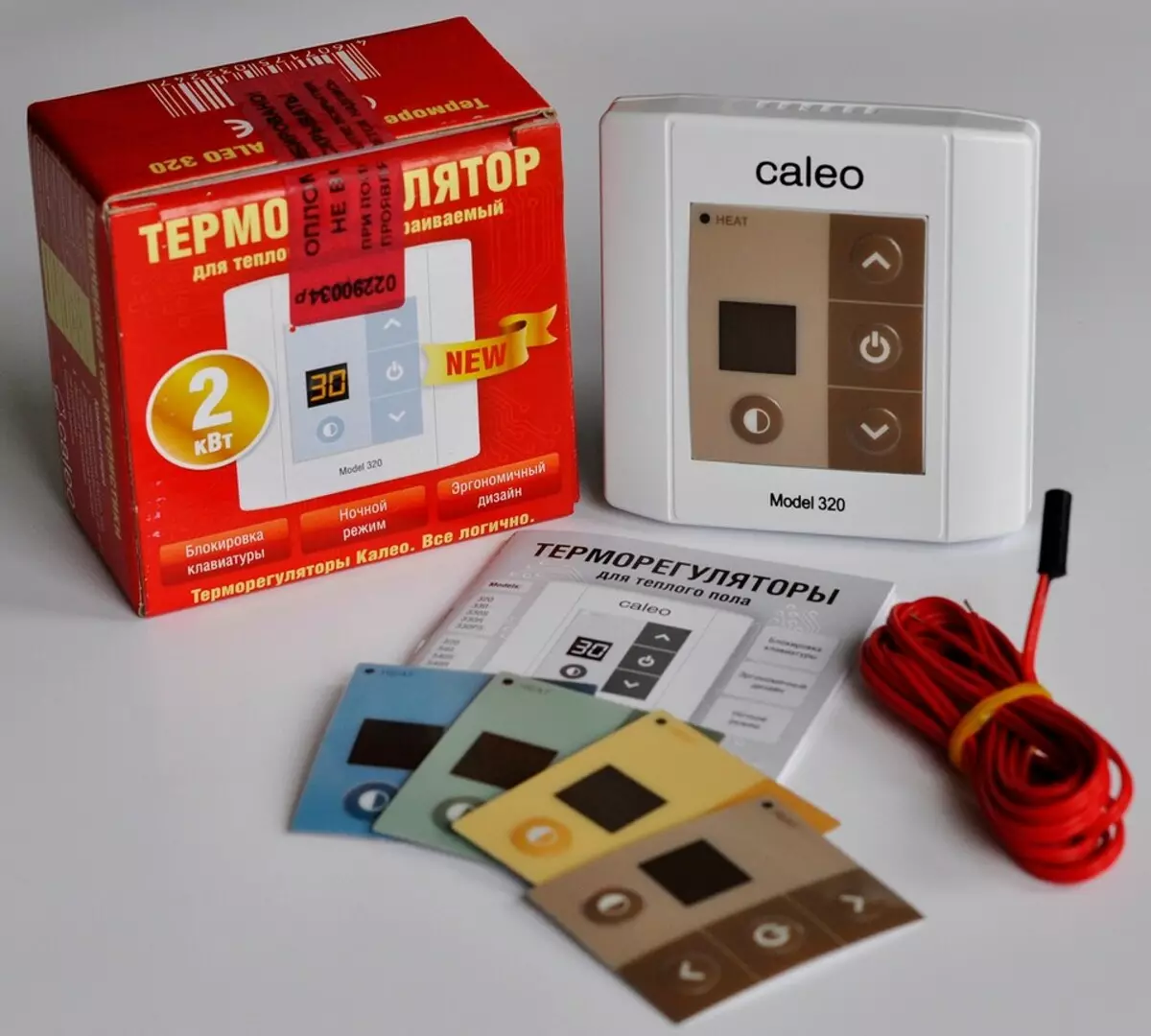
Temoregulator
In the process of laying a wet cement screed, a heating cable is not allowed. If you include a warm floor to complete solidification of all building solutions (cement screed or tile glue), then the drying mass cracks.
